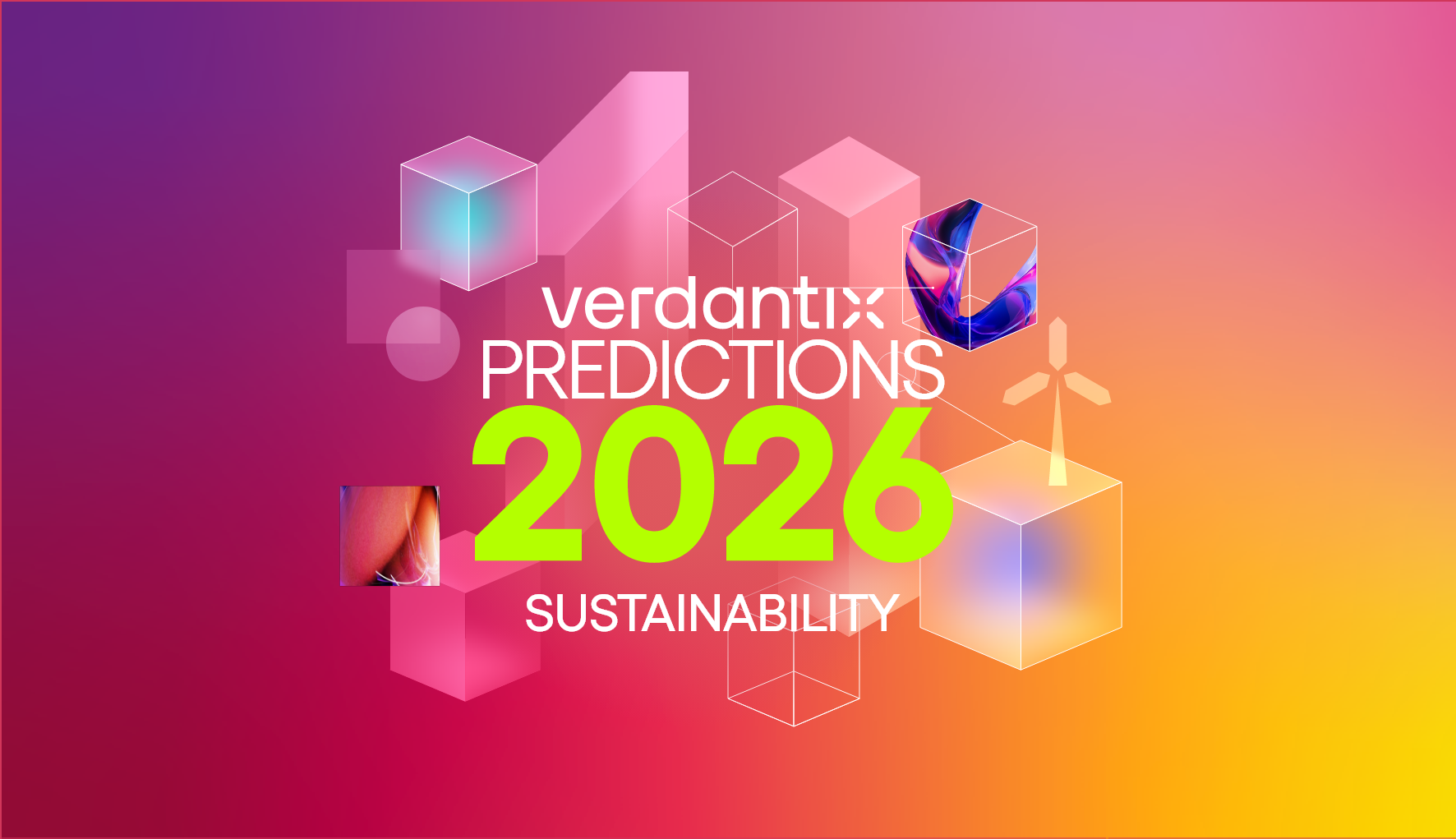Physical Climate Risk: Beyond Disclosure To Real Mitigation
2021 has brought the impact of climate risk into sharp relief, with the Intergovernmental Panel on Climate Change (IPCC) heralded climate change as ‘widespread, rapid, and intensifying’. The impacts of climate change manifested in severe weather events globally; Texas saw a shock deep freeze in February, leading to hundreds of deaths; Canada was struck by a heatwave in British Columbia in June, which killed 569; swathes of Germany, Belgium, and Switzerland were hit with ‘once in a lifetime’ floods. COP26 served as a major touchpoint for climate change discussions, with the UK announcing a landmark net zero strategy to achieve neutrality by 2050.
The news flow from many unrelated sectors illustrates that climate risk is now of concern for both the public and private sector. The Taskforce on Climate-related Financial Disclosures (TCFD) – which is designed to provide greater clarity for investors, lenders, and insurance writers when making economic decisions - saw the largest growth in support since its inception in 2015, and governments across the globe are increasingly enshrining the TCFD recommendations into legislation. Firms are feeling the pressure to manage physical climate risk; Verdantix research revealed that analyzing climate risk – and undertaking climate risk scenario analysis – were two of the biggest priorities for firms in 2022 (see Verdantix Global Corporate Survey: ESG And Sustainability Governance, Strategies And Priorities). The insurance industry is particularly cognizant of the impact of climate change, and according to the TCFD, is the leading vertical in disclosing climate change risk management processes.
Similar thinking is behind Critical Event Management (CEM) provider Everbridge’s recently announced a partnership with insurance broking group Howden in the aftermath of COP26. The collaboration focuses on combining Everbridge’s public safety capabilities with Howden’s parametric insurance policies. Once an event occurs which meets predefined metrics, such as a flood of a certain height, funds can be expediently released. Governments, NGOs and charities are informed via Everbridge’s solution and can then move to deploy capital quickly and efficiently, improving overall disaster response.
The benefits of this are clear for the public sector. If disasters can be mitigated effectively, the cost of each disaster goes down. What remains to be seen is how similar partnerships could benefit the private sector, particularly for businesses in verticals which are highly exposed to climate risk, such as infrastructure and agriculture.
About The Author

Connor Taylor
Principal Analyst





